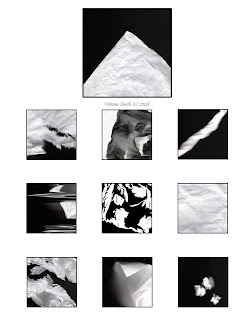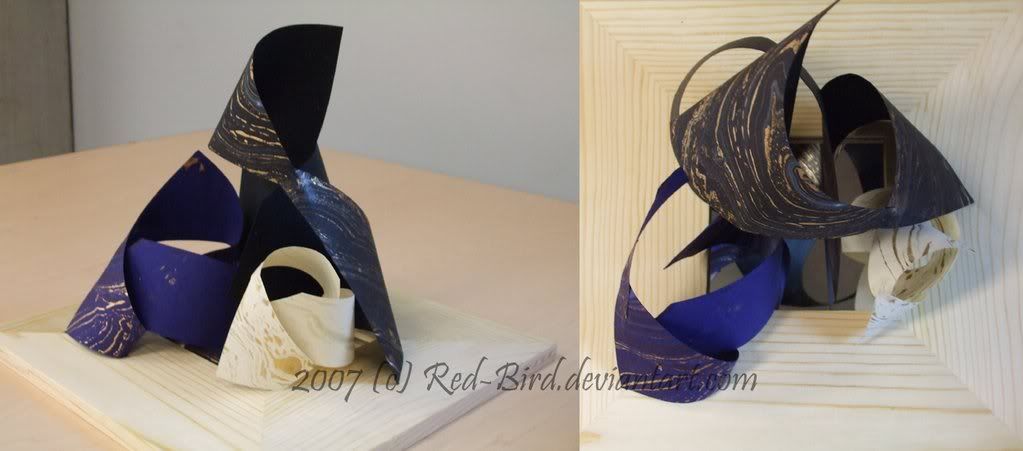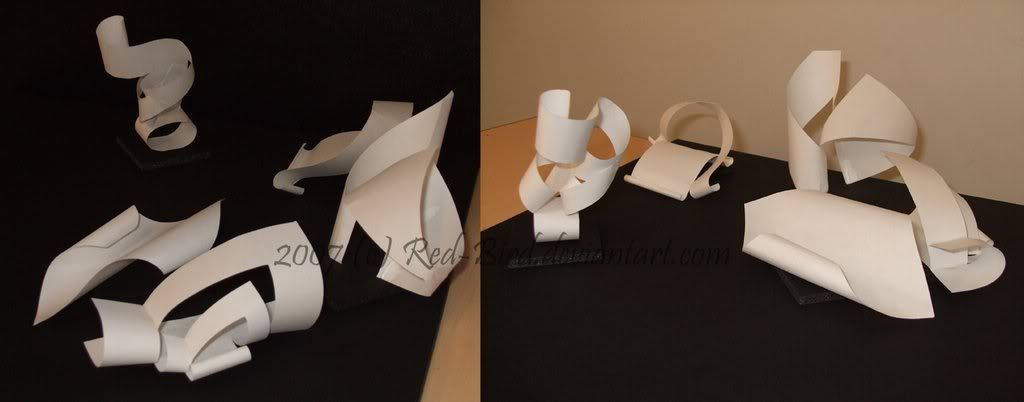
This is the second project from my 3D design class. Unlike what I originally thought, the course had nothing to do with 3D rendering, or anything related to computers. It actually turned out to be much more fun than that.
My professor was a 3D designer who worked mainly for museums, doing displays. She'd come up with how to set up the displays, how to upholster them, etc. Because of all the different places she's worked, she had a lot of useful hints to share (and a lot of funny stories!)
I LOVED this project. It was quite possibly the most fun I have had in a LONG time. My mother also loved it, because it got me obsessed with fabric, something she has been trying to show me the joys of for YEARS.
This is how the project panned out:
We had to design some form of storage for a collection. Your collection could be anything, and as long as it was somehow stored (be it a box, a book, on a string...) you could make anything you wanted.
HOWEVER. What you chose as storage had to suit the colection you used.
I was at a bit of a loss for this one at first, since all my "collections" were at home, while I was living in residence hours and hours away. Eventually I bit the bullet and asked my mother to mail me a really old collection: my pokemon cards from grade school.
Nothing like looking through a box of brightly colored collectible cards to bring back fond memories.
Long story short: I chose to make hand-made, color-coded, books for my cards.
They're only about 20 x 17 centimetres high, and each page holds four cards (four in front, four in back - since they're double sided)
The covers are made of acid-free cardboard, covered in felt to cushion them, then wrapped in black silk. The insides are lined with more felt, color coded to match the elements of the cards inside.
Around the outside the covers are decorated with color-coded ribbons, and tie together at the sides.
Altogether there are four books.
































